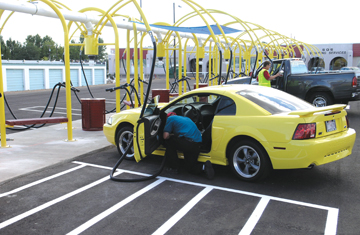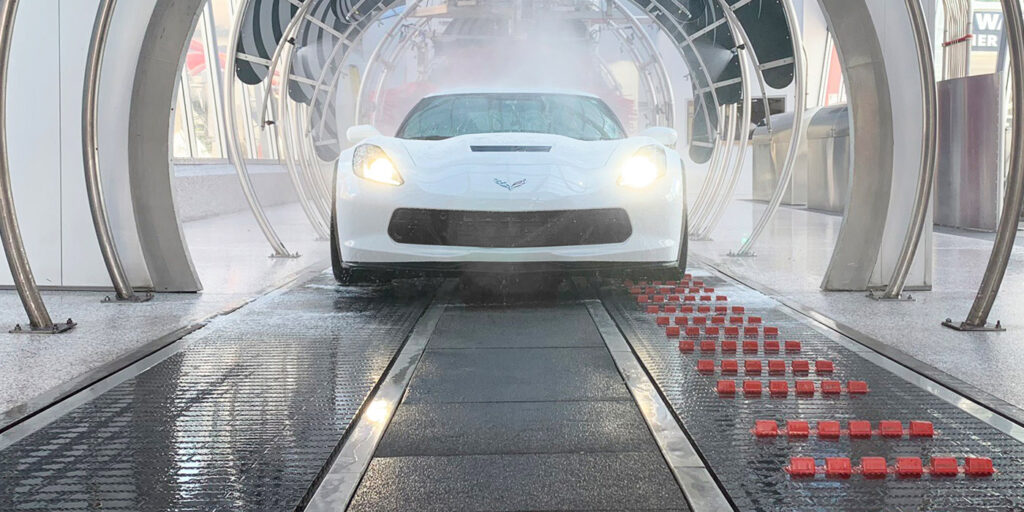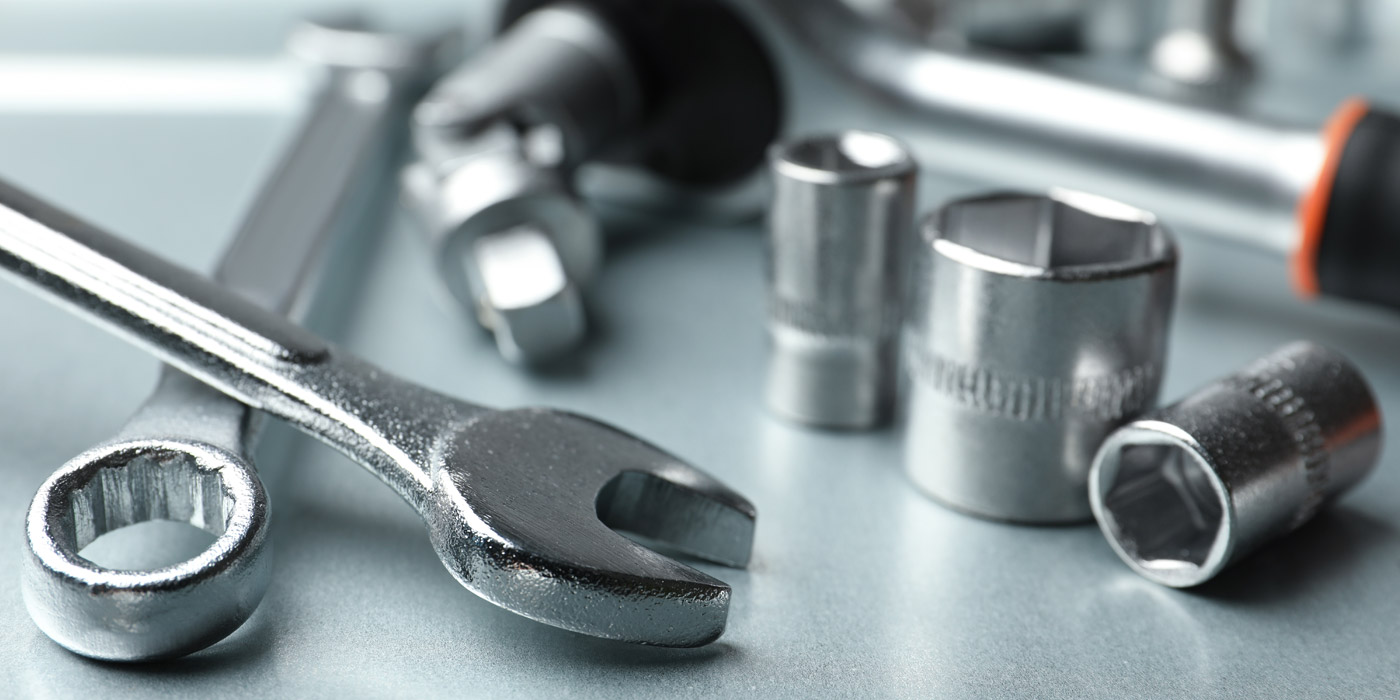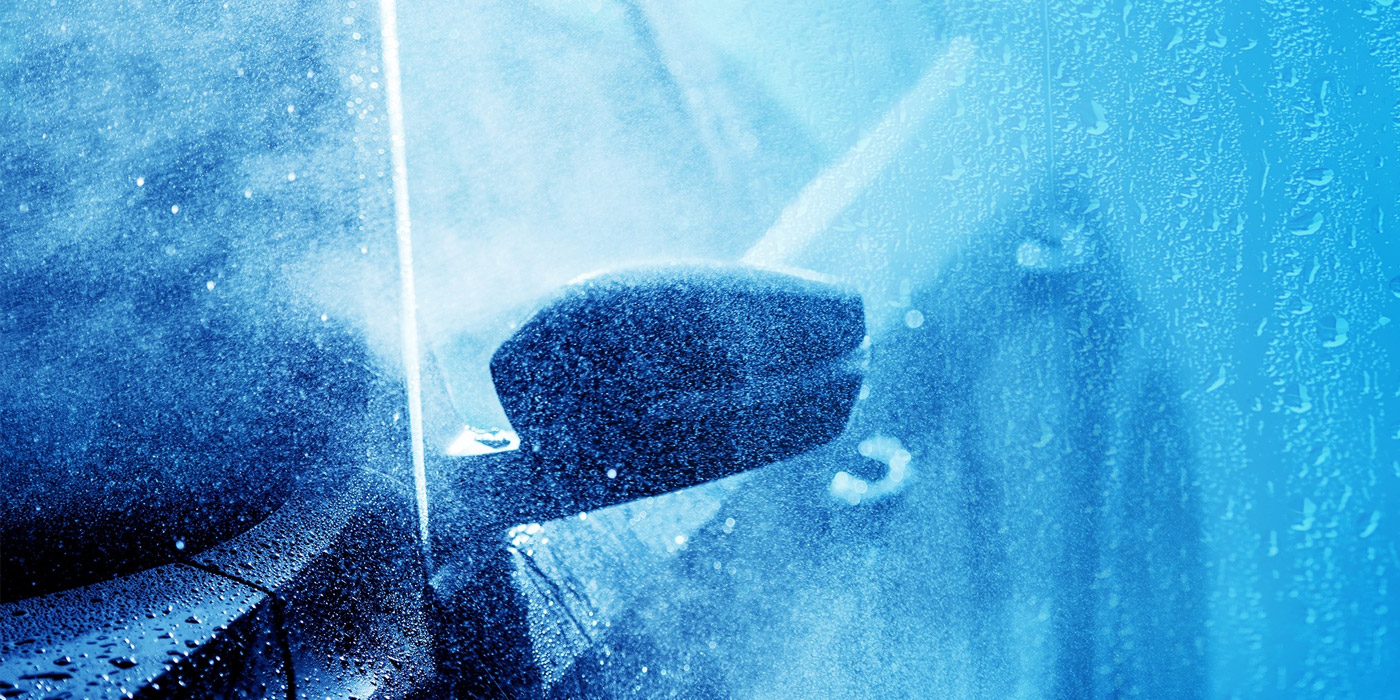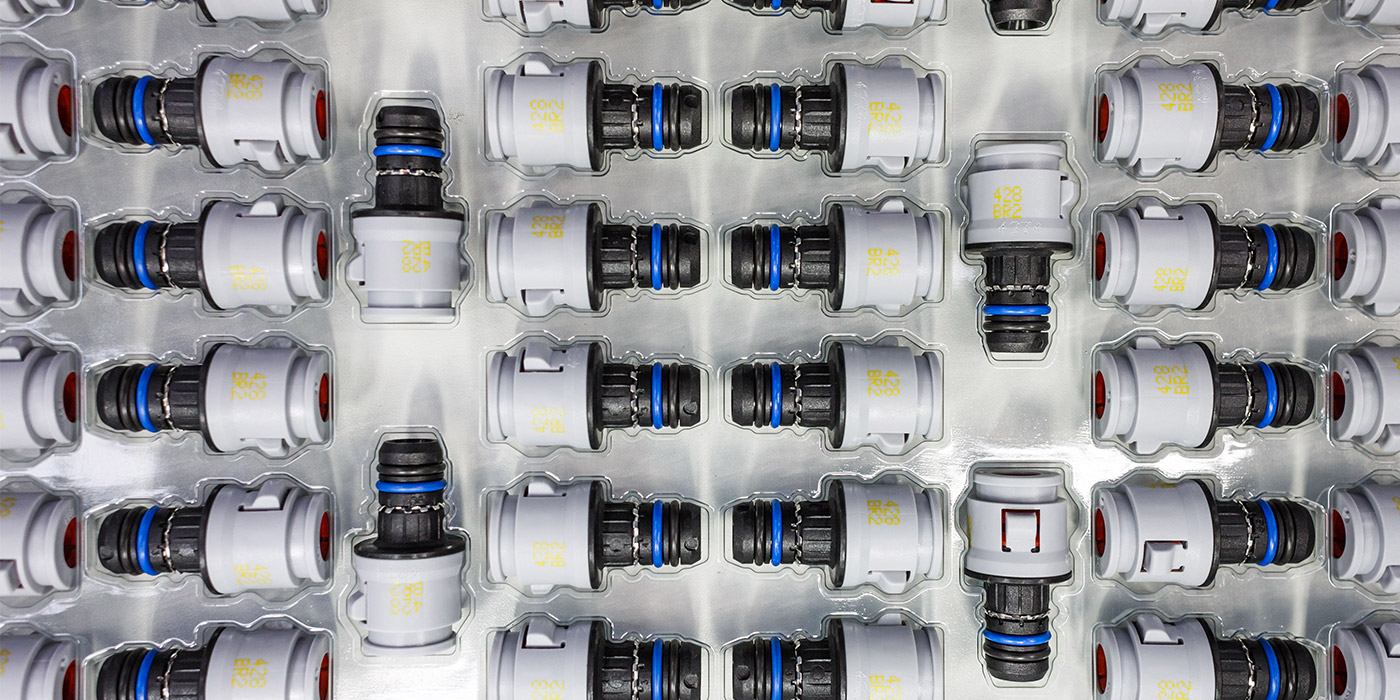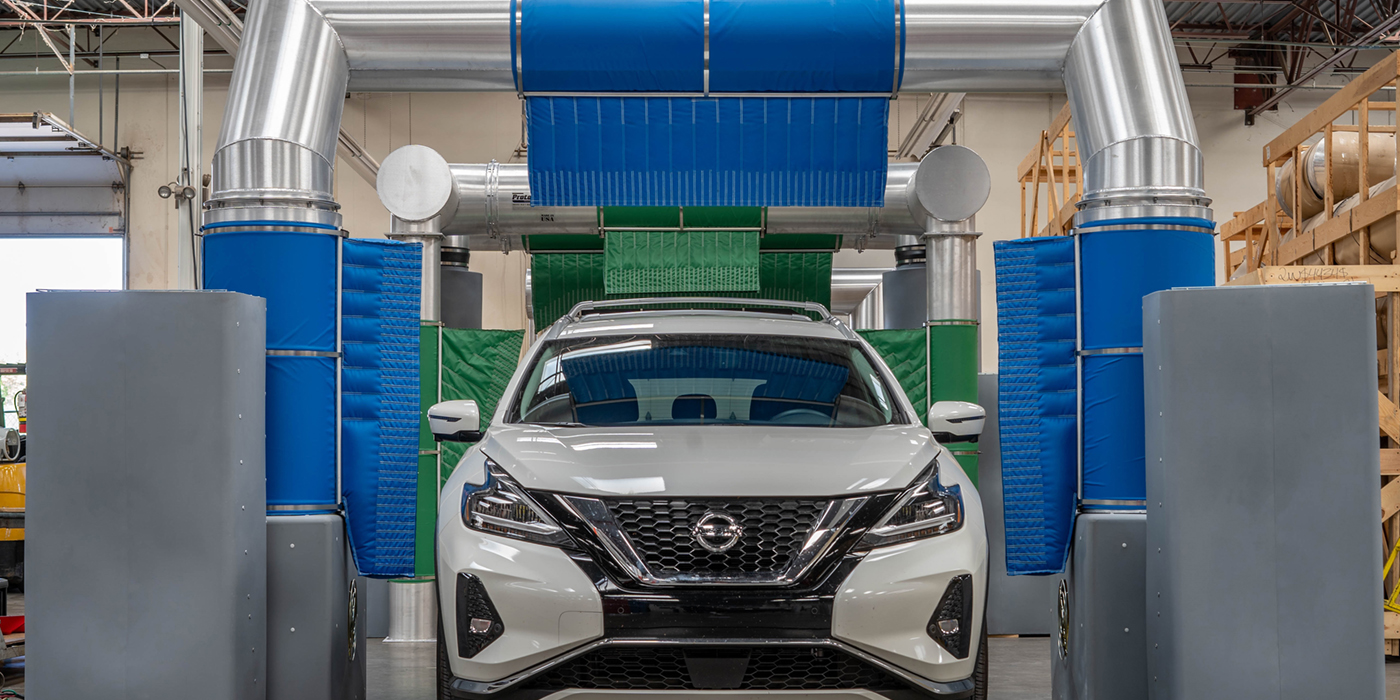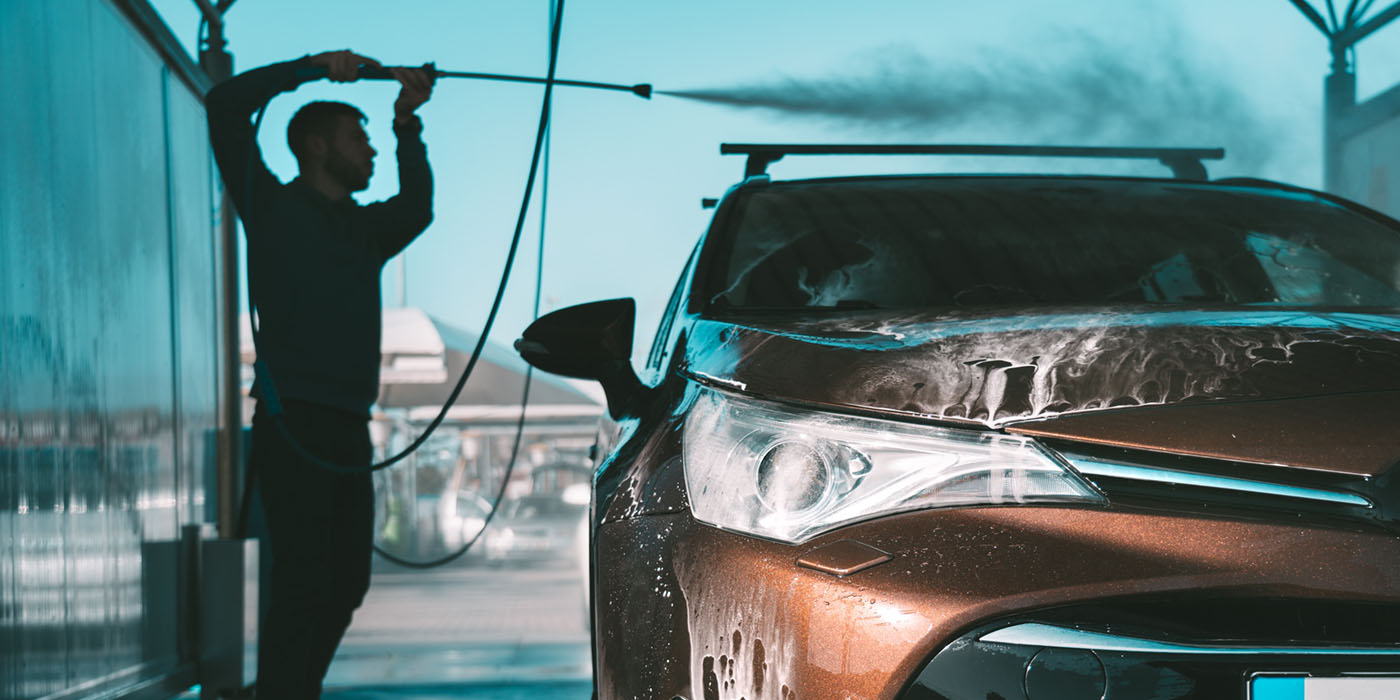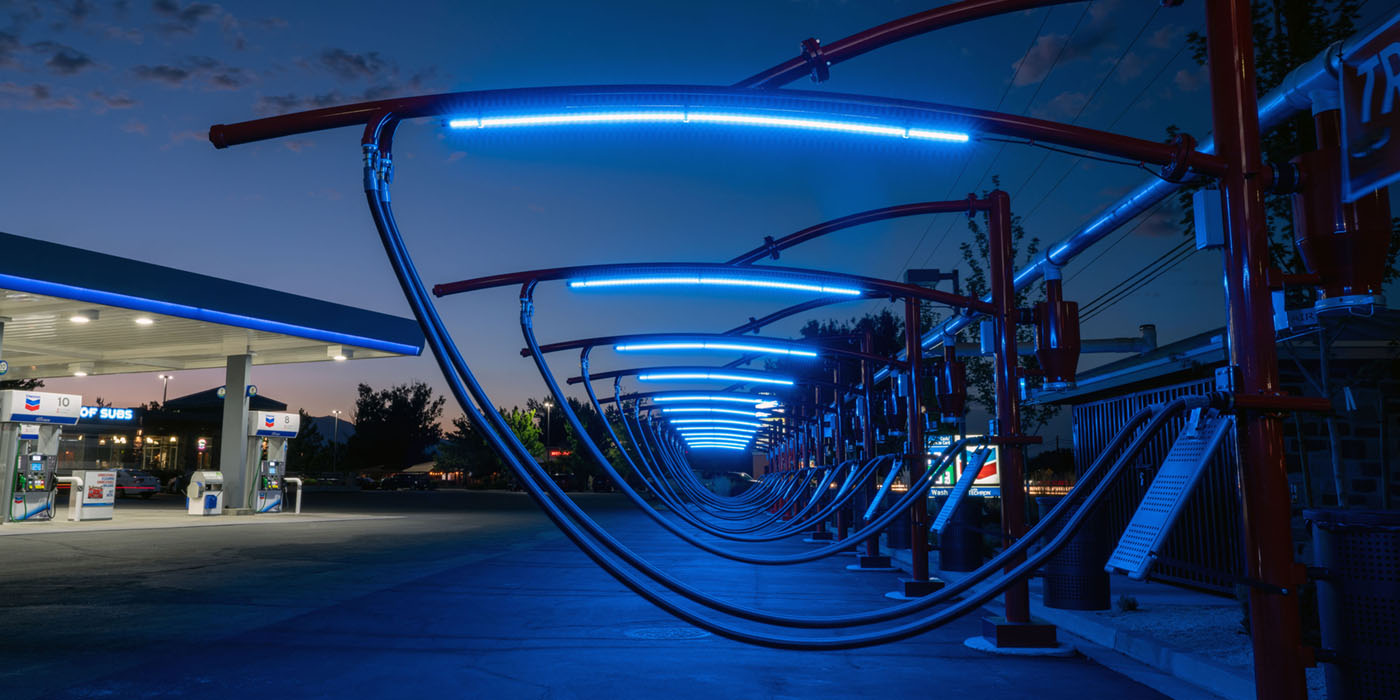Tom Tucker Jr. is the president and founder of Vacutech, a manufacturer of central vacuum cleaning systems and mobile vacuum products for the commercial, industrial, medical, dental and vehicle care industries. With over 50 years of experience, Tucker is a great source of information on centralized vacuums for carwashes. I recently talked with him about the maintenance involved and what carwash owners need to put on their signage to waylay any problems.
Debra Gorgos: What kind of maintenance is involved with centralized vacuums?
Tom Tucker Jr.: Especially if you’re a large site with multiple vacuum locations, you’re removing a lot of debris from the vehicles. And everything they are vacuuming out of the vehicles goes through the hose, through the arch, or a stantion, and it goes back to a filter separator that removes all of the light debris (the dirt, hair, paper, etc.) and it exhausted from the turbine vacuum produces to the atmosphere.
For maintenance, what should be done is the separator, that is integrated with the hose, should be emptied daily. The trash receptacles should be emptied every day. They will sometime have to be emptied two to three times a day, depending on how many customers are at the wash and how much debris is getting removed from the vehicles. And, then the filter separator, which is the large round canister with the filter bags in it that’s between the vacuum piping system and the turbine, should be shook out daily and the debris bucket should be emptied daily.
Also, check the vacuum hoses daily to make sure they’re not damaged or torn or have holes. Make sure the vacuum nozzles are in good working order and make sure the seals that the nozzles suck against is in good condition and not torn or missing.
So, in review, these four things need to be done every day the wash is open:
1. Empty the vacuum hose separator
2. Empty the trash receptacles
3. Shake out the bags and the filter separators
4. Empty the debris bucket
5. Inspect the vacuum hose
6. Inspect the nozzles
7. Inspect the seal
Debra Gorgos: What happens if an owner/operator forgets to do those things daily?
Tom Tucker Jr.: If everyone does those things, then their system will remain operating from day one and it will never lose its performance. The maintenance is the key. It’s just like changing the oil in your car, or checking the air in your tires.
We get more phone calls from customers who are not doing their maintenance or following the owner’s manual instructions.
If you don’t do the maintenance, your air flow will drop off. You don’t lose suction, what you lose is air flow. As long as the air can get through the filter bag, the vacuum piping or a hose, you will have suction. If the pipes become smaller, because a customer was perhaps vacuuming up water, or which should not be done, or dirt is sticking to the pipe, the air flow is restricted.
Debra Gorgos: How do you clean out the piping?
Tom Tucker Jr.: If you start getting build up in the piping, you can snake it out to clean it.
If the system was engineered properly, there should be clean outs at the ends of the line and there are probably clean outs in different areas of the piping systems. You can go into those areas with a snake and clean them out.
Another thing you can do is use cat litter or dry sweep (the oil-dry sweep) and poor either into a bucket or container and then pour it into the vacuum piping system and that will help break up and clean out the debris that’s built up in the system.
Debra Gorgos: Is there any monthly maintenance that needs to be done?
Tom Tucker Jr.: The cat litter or dry sweep should be vacuumed through the hoses at least once a month to clean out the inside of their hose and it will also go into their separator and help clean that, too. The reason it works is because it’s granular and it’s an absorbing material and it will help pick up some of the moisture that might be in the system plus is breaks loose what’s ever on the walls of the hose.
Areas that have a lot of rain and snow should do this more regularly. You’ll have less issues with moisture in the sunbelt states. In the rainy and snow season, when the customers are getting in and out of their vehicles, their shoes and boots are wet, and that means their floor mats are wet. Or even if they accidentally left their windows open and it rained or snowed, their interiors are getting wet and that wetness is getting vacuumed. It all goes through the hose, the piping and separator. In those areas where there is more rain or snow, they should be using the cat litter or dry sweep at least once a week during the snow and rainy seasons. That will keep them cleared out and clean. Try and discourage customers from vacuuming up wetness as much as possible.
Debra Gorgos:What can be done to make sure customers aren’t abusing or misusing the vacuums?
Tom Tucker Jr.: Put up signage that reads:
- Please limit your vacuum time to 5 minutes.
- Please no loud music.
- No detailing.
- Dry vacuuming only.
Unless you have someone policing your vacuums regularly, you can’t stop your customers from doing whatever they want. I have seen it all, people who vacuum water out the flatbeds of their trucks, they’re vacuuming their tires…just about everything. That’s why we put a separator between the vacuum hose and the piping system.
Anyone who has a central vacuum system without a separator between the vacuum hose and piping system will have major issues and plugging problems.
Debra Gorgos:How are these vacuums kept secure?
Tom Tucker Jr.:If the vacuums are outside and out in the open, we recommend removing the dirt bucket out of the separator at night. If they are in a high-crime area, we suggest removing the hoses and locking them up at night when the wash is closed. A lot of operators just leave the hoses up and haven’t had any problems.

